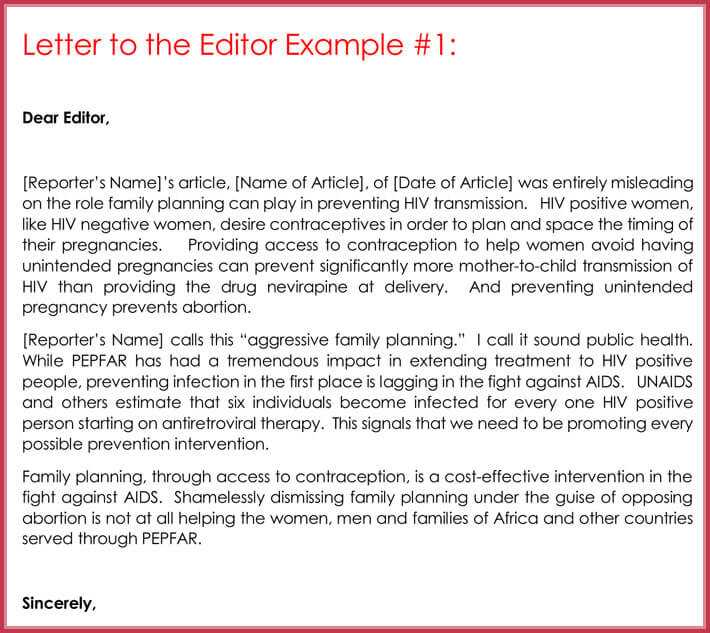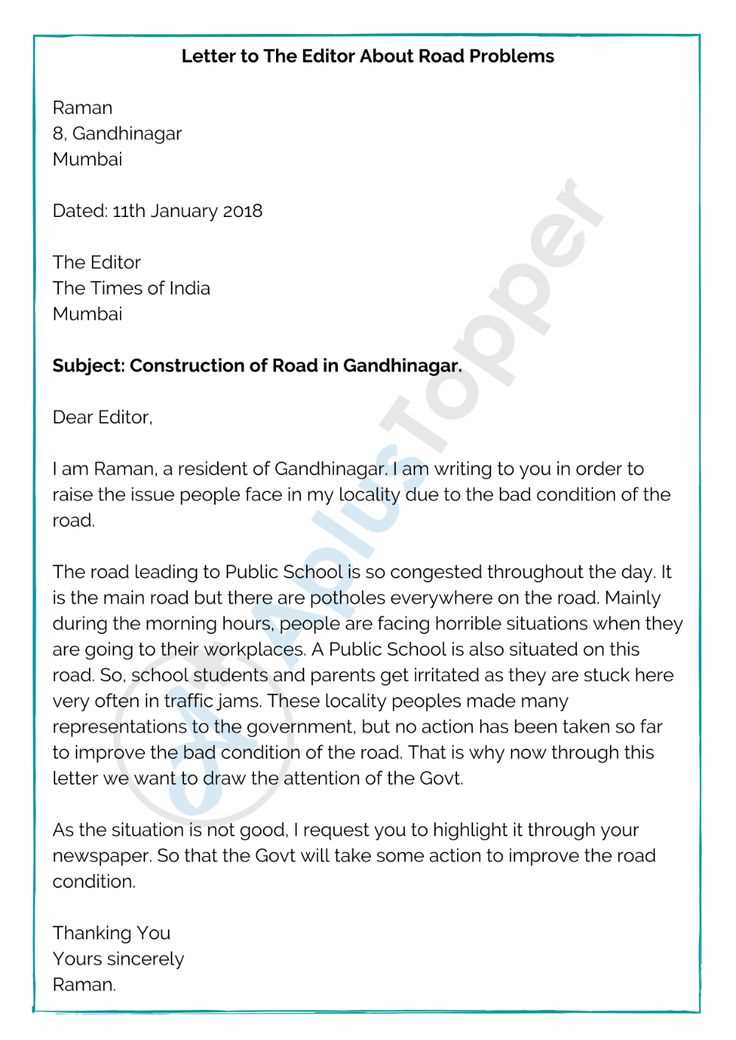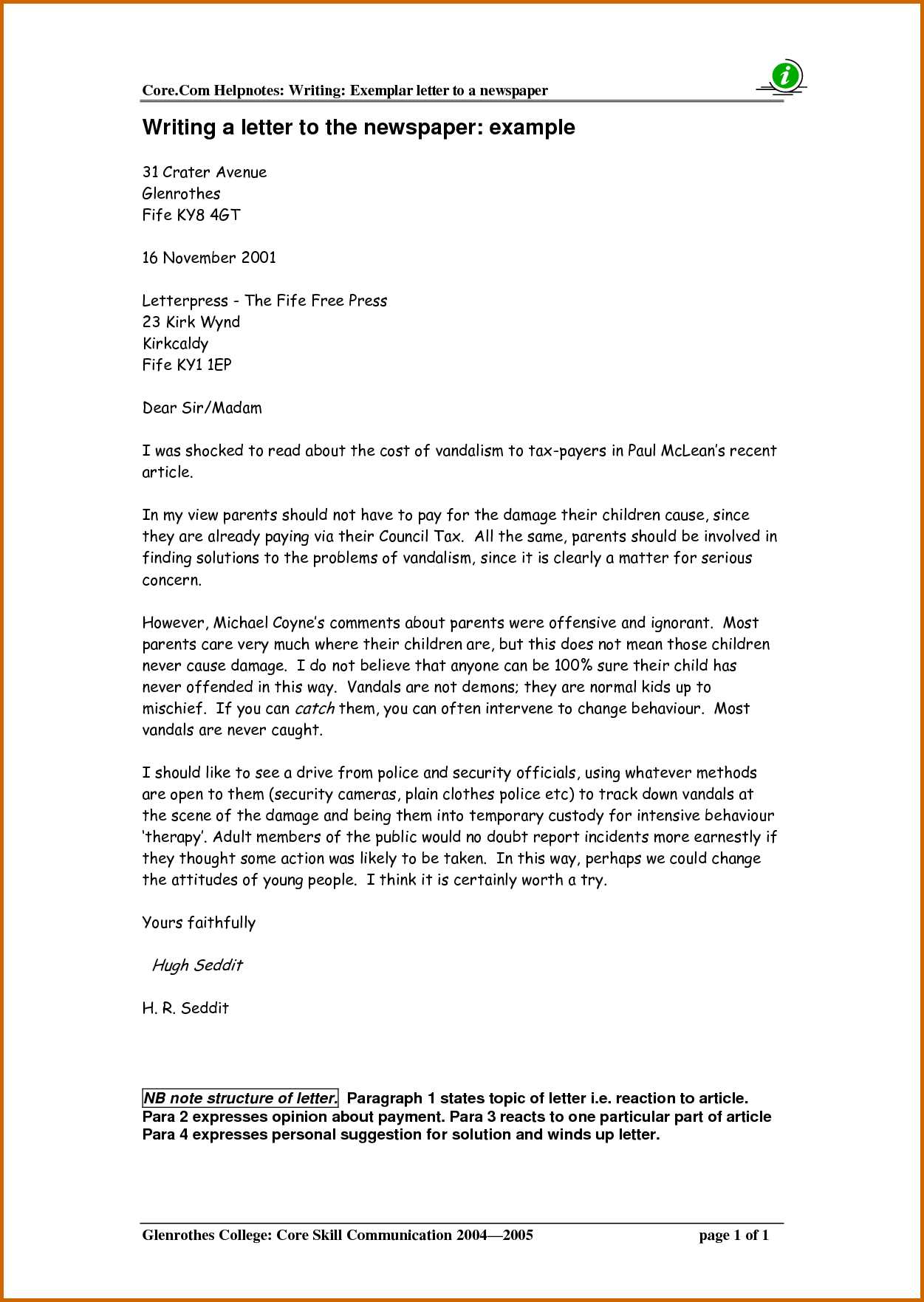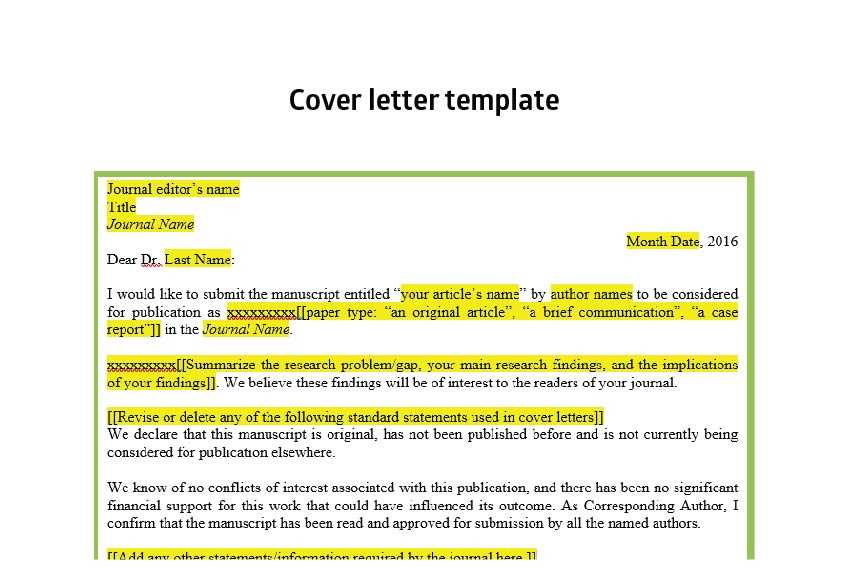Writing a Letter to the Editor Template

When aiming to express your thoughts, concerns, or suggestions publicly, it’s essential to structure your message in a clear and persuasive manner. Such communications often require a precise format that captures attention while presenting ideas effectively.
Effective communication starts with understanding the key components that make your submission impactful. By focusing on clarity and relevance, you can ensure your message resonates with readers and decision-makers alike.
Whether addressing social issues, sharing feedback, or proposing solutions, an organized and well-articulated submission can be a powerful tool. This guide will assist you in creating a polished piece that can be published and reach the intended audience with maximum influence.
How to Start Your Message Effectively
Beginning your communication in a compelling way is crucial to capturing attention. A strong opening sets the tone and invites the reader to engage with the content. The first few lines should clearly indicate your purpose and outline the significance of your point of view.
Start by stating your intention directly, avoiding unnecessary elaboration. Whether you aim to raise awareness, express dissatisfaction, or offer a perspective, clarity is key.
| Key Elements | Effective Approaches |
|---|---|
| Clear Purpose | State the reason for your communication right away. |
| Engaging Tone | Use a respectful and balanced tone to encourage reading. |
| Relevant Context | Provide a brief context for your argument to make it more impactful. |
Key Elements of a Formal Submission

To ensure your submission is both clear and impactful, several essential components should be included. These elements not only enhance the overall structure but also help convey your message effectively to your audience. Below are the key factors that contribute to a strong and persuasive communication.
- Introduction – A brief introduction that states the reason for your message and the issue you wish to address.
- Main Argument – Clearly present your main point, supported by facts, examples, or personal experiences.
- Call to Action – Encourage readers to take specific steps or consider a particular perspective based on your argument.
- Conclusion – A concise summary that reinforces your main point and leaves a lasting impression on the reader.
By following these key components, you create a solid foundation that ensures your message is organized and compelling. Each section plays a critical role in keeping the reader engaged and understanding your perspective clearly.
htmlEdit
Tips for Crafting a Strong Argument
Constructing a persuasive case requires clarity, evidence, and structure. Focus on presenting ideas logically while maintaining a balanced tone. The effectiveness of your stance depends on the precision and coherence of your supporting points.
Begin with a clear and concise statement of your position. This should set the foundation for your reasoning and guide the direction of your message. Avoid unnecessary complexity and keep your main point front and center.
Provide evidence that backs up your claims. Facts, statistics, and credible examples help solidify your argument and make it more convincing. Ensure that the sources you reference are reliable and relevant to your audience.
Be mindful of your audience’s perspective. Tailor your argument to address potential counterpoints, offering thoughtful rebuttals to strengthen your case. Acknowledging opposing views shows confidence and understanding, while further emphasizing your own position.
Lastly, maintain a strong conclusion that reinforces your main point. Summarize key arguments and leave a lasting impression that encourages reflection or action.
htmlEdit
Common Mistakes to Avoid in Letters
Effective communication requires careful attention to detail. Avoiding common pitfalls ensures that your message is clear, respectful, and impactful. Small errors can diminish the strength of your communication, so it’s essential to be aware of frequent mistakes and learn how to steer clear of them.
Overcomplicating the Message
Avoid excessive jargon or overly complex sentences. Keep your language simple and to the point. Over-explaining or using unnecessary words can confuse the reader and distract from your main message. Stick to clarity and precision to maintain the reader’s attention.
Neglecting Tone and Structure
The tone of your communication should be appropriate for the context. An overly casual or overly formal tone may not connect with your audience. Additionally, a lack of structure can make it difficult for readers to follow your argument. Ensure that your content is organized, with a clear introduction, body, and conclusion to guide the reader through your thoughts.
htmlEdit
Choosing the Right Tone for Your Message

Adapting your approach to suit the situation ensures that your communication resonates with your audience. The way you present your ideas can significantly impact how your message is received. Understanding the appropriate tone helps convey your thoughts effectively while fostering a positive or constructive response.
Understanding Your Audience
Knowing who you are addressing is crucial in selecting the right tone. A formal tone may be required when addressing professionals or officials, while a more casual tone could be suitable for friends or close colleagues. Adjusting your language to match the expectations and relationship with your audience enhances understanding.
Striking a Balance Between Assertiveness and Respect

Your tone should strike a balance between being firm in your views and showing respect for others’ perspectives. A too-aggressive approach can alienate the reader, while being overly passive may undermine your point. Being clear yet polite helps maintain authority without sounding confrontational.
htmlEdit
Submitting Your Message to Newspapers
Sending your viewpoint to a newspaper requires following specific guidelines to ensure it is considered for publication. Understanding the submission process, as well as the requirements of various publications, is essential for successful engagement with a broader audience.
Before submitting, research the preferred format for submissions. Many publications require content to be concise and to adhere to word limits. Pay attention to these details to increase the chances of your message being accepted.
Additionally, it is important to know the appropriate channels for submission. Some newspapers offer online forms, while others may request emails or physical copies. Always verify the method and any specific instructions to avoid delays or rejections.